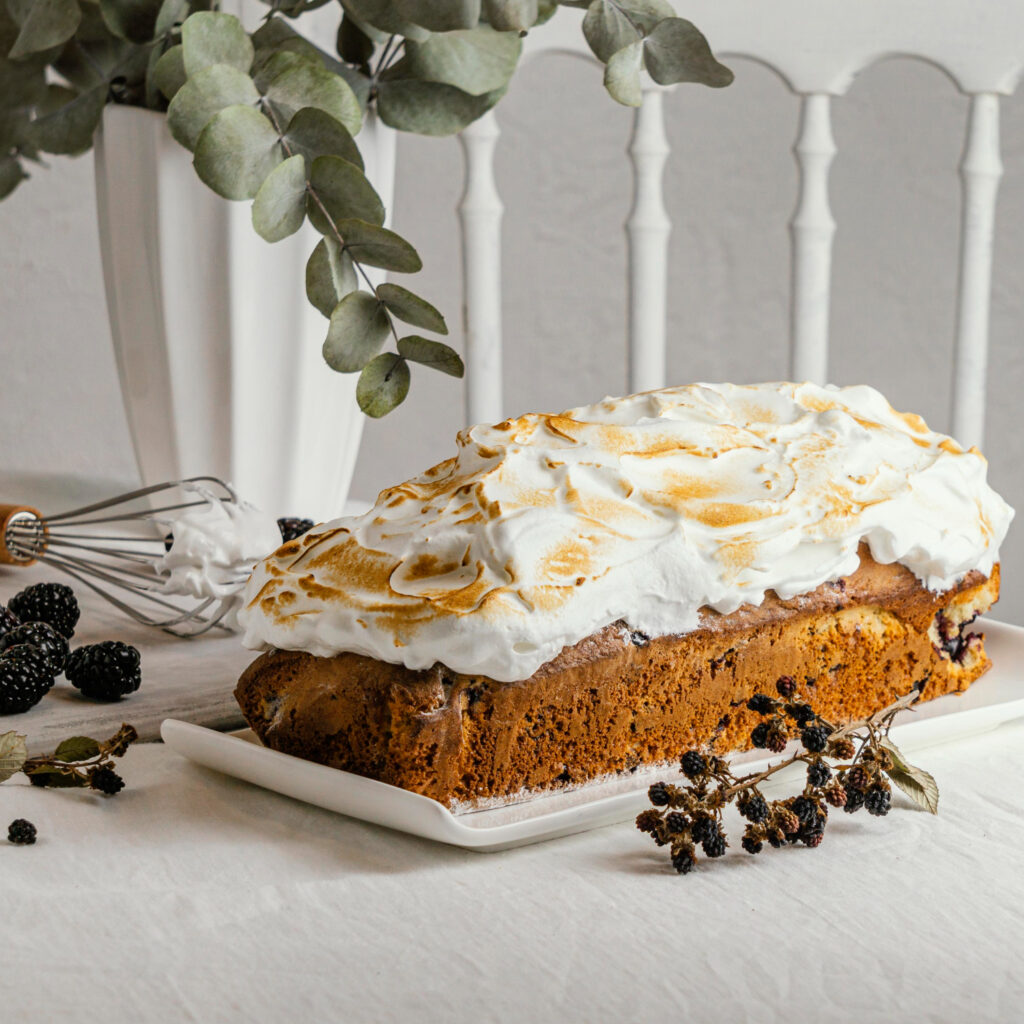This seed cake instantly transported me back to my nan’s sideboard, where a tin of crumbly, slightly mysterious treats was always waiting—either for guests or for grandchildren sneaking in before tea. Truthfully, I wasn’t always a fan of caraway seeds growing up. To my younger self, they were just “those weird crunchy bits” that got in the way of the buttery sweetness. But last weekend, after baking Mary Berry’s version, I finally understood their charm.
The first time I made it, I used soft margarine straight off the counter—big mistake. The cake turned out oily, and the crumb didn’t hold. I gave it another shot, this time with cold margarine from the fridge and a gentler touch with the mixer. The result? A beautifully golden cake, delicately fragrant, with a tender crumb and just the right crunch from the seeds.
If you’ve never made a seed cake before—or wonder what makes this old-fashioned treat worth baking today—let me walk you through the tweaks that turned my flop into a favourite.
Why This Recipe Stands Out
Let’s face it: most seed cakes are dry. They often feel more like culinary history than something you’d genuinely enjoy with tea. But Mary Berry’s approach changes that.
What’s the secret? Cold margarine and a generous splash of milk. It sounds simple, but using cold fat creates a firmer, less greasy crumb, while milk keeps everything moist and tender. And don’t skip the lemon zest—it brightens the cake and adds a fresh note that cuts through the richness.
Another trick: mix only until smooth. Don’t whip the batter endlessly. A shorter mix gives a tighter crumb, perfect for a sturdy slice that pairs well with a proper cup of tea.
Key Ingredients & Why They Matter
-
Cold Margarine (170g) – Essential for structure and moisture. Room-temp margarine made the cake greasy.
-
Superfine Sugar (100g) – Dissolves quickly for a delicate crust. Granulated sugar made it feel gritty.
-
Eggs (2 large) – Add richness and structure. Medium eggs made the cake too dry.
-
Self-Raising Flour (225g) – The base of the cake. It already contains leavening agents.
-
Baking Powder (1 tsp) – Adds a little extra lift. Without it, the cake was too flat.
-
Caraway Seeds (1 tbsp) – The traditional flavour star. Raw works best—lightly toasty and aromatic.
-
Lemon Zest (from 1 lemon) – Brightens the flavour and balances the richness.
-
Milk (4 tbsp) – Prevents dryness and binds the batter. Don’t skip it!
Ingredient Swaps That Work
-
Butter Instead of Margarine – Tastes richer but results in a drier crumb. Add ½ tbsp extra milk if using.
-
No Caraway Seeds? – Try fennel seeds for a milder, sweeter twist. Not classic, but still tasty.
-
Gluten-Free Flour – A 1:1 gluten-free blend works with an extra teaspoon of milk. Slightly crumblier texture.
Lessons Learned (So You Don’t Repeat My Mistakes)
| Mistake | Why It Happened | How to Fix It |
|---|---|---|
| Cake turned greasy | Used room-temperature margarine | Always use fridge-cold margarine |
| Crumb was dry | Overmixed the batter | Mix just until smooth—no more |
| Seeds sank to the bottom | Batter was too thin | Measure milk carefully and avoid overmixing |
| Lemon flavour disappeared | Used bottled juice only | Always use fresh lemon zest for best flavour |
Step-by-Step: Mary Berry’s Old-Fashioned Seed Cake
-
Preheat your oven to 350°F (or 320°F if using a fan oven). Grease and line a 7-inch deep round cake tin. I used an old metal one—it browns beautifully.
-
Add all ingredients to a mixing bowl. Yes, everything at once—Mary’s no-fuss “all-in-one” method.
-
Beat with an electric mixer just until the batter is smooth and no dry flour remains. Don’t overdo it.
-
Spoon into the tin and level the top with the back of a spoon.
-
Bake for 1 hour (mine took 58 minutes with a fan). It’s ready when golden, pulling away from the edges, and a skewer comes out clean.
-
Cool in the tin for 10 minutes, then turn out onto a wire rack. Peel off the baking paper and let it cool fully before slicing (or it may crumble
Tips from My Kitchen
-
Stick with metal tins – I always use a metal cake tin for this recipe. Ceramic ones tend to trap moisture and leave you with a soggy base.
-
Boost the caraway flavor – If you love that unique, aniseed-like hit, try lightly crushing half the seeds with a pestle before mixing. It releases more of the aroma.
-
Add a pinch of salt – Just a small one helps balance the sweetness and brings out the overall flavor more clearly.
-
For perfect slices – Let the cake cool fully, wrap it well, and slice it the next day. You’ll get neater, cleaner cuts.
Storage & Serving Suggestions
-
Shelf life: Keeps beautifully for up to 5 days in an airtight tin at room temperature. In fact, it tastes even better on Day 2 as the flavors settle.
-
Freezing: You can freeze individual slices for up to 3 months. Wrap them well and defrost at room temperature.
-
Serving: Best enjoyed with a strong cup of builder’s tea. Also pairs surprisingly well with a soft cream cheese or a spoonful of lemon curd for a modern twist.
FAQs – Answering Real Questions
Q: Can I make seed cake without caraway seeds?
A: Technically yes, but it won’t really be a seed cake. If you’re not a fan of caraway, fennel or aniseed are good substitutes with a similar flavor profile.
Q: Why did my seed cake turn out dry?
A: This usually happens due to overbaking or not enough milk. Always check your oven temp and remove the cake as soon as a skewer comes out clean.
Q: Can I use butter instead of margarine?
A: Absolutely. I’ve tested it. Just use the same amount of butter, but add an extra splash (about ½ tbsp) of milk to keep the crumb moist.
Q: Can I bake this in a loaf tin?
A: Yes! It works just fine, but you’ll need to extend the baking time to about 70–75 minutes. Start checking with a skewer around the 60-minute mark.








